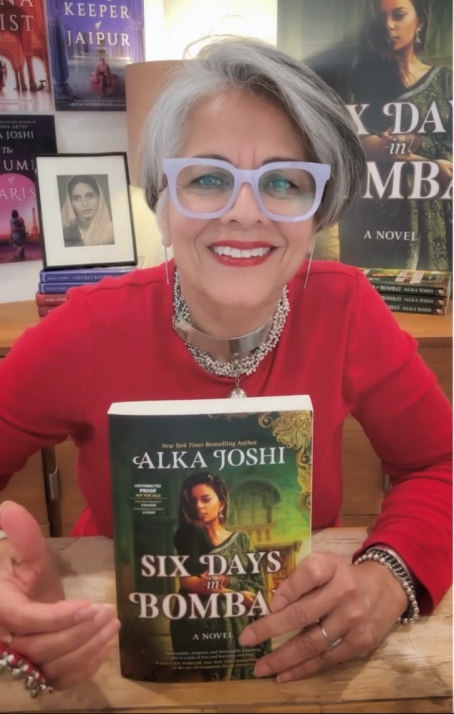
The best-selling and highly successful debut of the ‘Henna Artist’ trilogy has established author ALka Joshi as a literary force to recon with around the globe. Known for her richly detailed portrayals of complex and engaging characters, the upcoming release of her fourth novel, ‘Six Days in Bombay’, has generated considerable excitement in her readers.
The novel is loosely based on iconic Indian artist Amrita Sher-Gil. It has been described as a “sweeping story of identity and self-discovery.” The compelling narrative follows Sona, a young Anglo-Indian nurse, as she travels from Bombay to Istanbul, Prague, Florence, Paris and London to uncover the mystery behind a famous painter’s death. Set in 1937, Six Days in Bombay explores complex themes like dual identity and loss. Joshi shares, “Identity is a concept that has long fascinated me, and it is central to this novel, adding, “Paying tribute to an artist like Sher-Gil is also my way of reclaiming my Indian identity.”
While this is my second interview with Alka Joshi, we’ve never met except online. That will soon change, as the author will debut at the Hong Kong Literary Festival this March. For those in Hong Kong, if you haven’t bought your tickets to the almost sold-out event yet, I would urge you to act quickly.
In the meantime, we have this interview to keep you engaged until the much-anticipated event.
Alka, your new novel is loosely based on artist Amrita Sher-Gil. What first piqued your interest in her?
I first ran across Amrita Sher-Gil’s name when I was working on The Henna Artist. Intrigued by her Indian-Hungarian heritage, her avant-garde painting style and her outsized impact on Indian court-style painting, I was even more fascinated with her technique as I studied her paintings at the National Gallery of Modern Art in Delhi. I began reading everything I could find about her, awed by her unconventional, hedonistic, cause célèbre personality as a woman in the repressed 1930s. How confident she must have been in her art to have succeeded where so many men had failed! I decided then I had to write about her. But the characters of The Henna Artist, who by then had been living with me for ten years, insisted I write about them first, so I finished the next two novels as sequels to The Henna Artist. It wasn’t until my fourth novel, Six Days in Bombay, that I returned to Sher-Gil.
I recently discovered that you majored in Art history and love to draw. Was writing a book around art or an artist something you always wanted to do?
Art—the making of it, the study of it, the power of it—is so much a part of my being that I don’t have to consciously incorporate it into my writing. It weaves its way into my work without effort. Every one of my novels features elements of artistic or creative endeavors—skating a henna design on a woman’s skin, the jewelry and gem-cutting aesthetic of Jaipur, a line of fragrances inspired by the women in the world’s famous paintings like Manet’s Olympia.
We would love to know more about your research process for this novel.
Funny, you should ask. I just produced a series of 12 videos for my YouTube Channel explaining my research for Six Days in Bombay. After reading much of what’s been written about Sher-Gil, I knew I had to understand the time period she lived in, specifically 1937, the year the novel takes place. I interviewed scholars of the interwar period, art historians who specialized in the 1930s art world, and academicians who have written about it. I interviewed them on location in Prague, Florence, London and Paris—the cities the protagonist visits—which added a rich layer of dialogue and personal anecdotes that brought the scenes in the novel to life. I was continually charmed by the little surprises that kept popping up to help me in my research—like the exhibit of 1937 photographs of the coronation of George XI in London by Henri Cartier Bresson. Immediately, I knew the trashed handbills wrapped around the streetlights that my protagonist would see on her May 1937 trip to London.
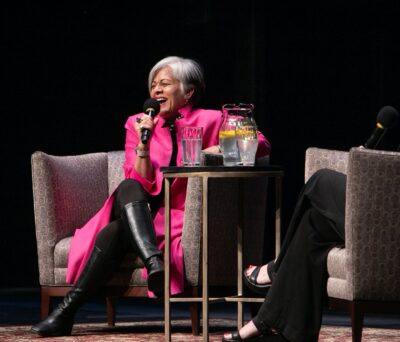
You initially had four different titles for your book to choose from. What made you decide on Six Days in Bombay?
I have a confession: I’m not a good writer of titles. For The Henna Artist, I’d suggested The Enemy of the Crocodile, based on one of my favorite Indian proverbs. Thank goodness my publisher had the better idea! Since that first novel, I’ve let my publisher determine every title. The four I posted for Six Days in Bombay on my social media were my publisher’s choices; it was fun to let readers in on the decision-making. And I love the one we’ve all chosen. Six Days represents the seminal time period that our protagonist, nurse Sona Falstaff, and her patient, the painter Mira Novak, spend together as they bond over their dual identities. While both women have an Indian parent, Sona is as curious about Mira’s European upbringing as Mira is about Sona’s British father.
I haven’t had the pleasure of meeting your protagonist, Sona, yet. What do you want readers to take away most from a character like her?
When we first meet Sona, we see how hard she works, how carefully she looks after her mother, and how much she cares for her patients at the hospital. But when she meets the flamboyant Mira Novak, we see how Sona yearns for a life larger than the one she’s been allowed. An unexpected windfall—albeit a small one—and the opportunity to hone her skills as a card shark set her on a course to deliver Mira’s paintings to her former friends and lovers in Europe after the painter’s death. Readers will root for Sona to succeed in her mission even after she loses her money and learns that the painter was far more troubled than she had portrayed herself. We all come to the conclusion that things—and people—are never as they seem.
In 2024, Forbes recognized you in their 50 over 50 list. Most of your fans know you published your debut novel when you were 62. What has surprised you most about starting your journey as a published author in your sixties?
At this age, it’s so much easier to understand people’s motivations, wants, frustrations, and grief, which makes it easier to create very real characters. I couldn’t have written these novels in my 20s, 30s or 40s. I just hadn’t experienced enough of life’s joys and heartaches. In my 50s, I was learning how to write a novel, how to deepen character arcs. So, I guess I finally hit my stride in my 60s. Now, at 67, I’m very comfortable using all the life experiences I’ve amassed over the years to spin stories from my imagination.
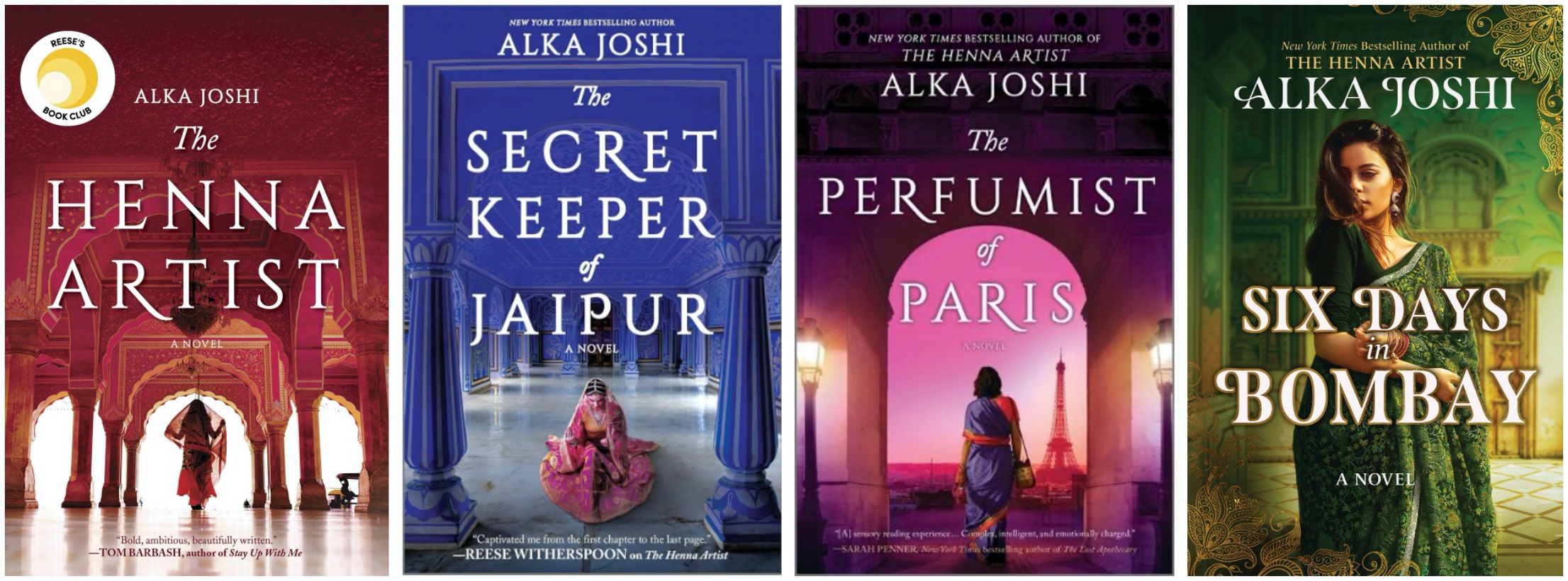
Are there any life lessons you can share with writers struggling to get their work published?
I call them the 3Ps: Passion, Persistence and Patience. You have to be passionate about why you’re writing what you’re writing because that intensity will help you persevere throughout the multiple revisions and rejections. You have to persist in the endeavor because it takes a lot of hard work to publish a bestseller just as it takes a lot of hard work to become an expert at anything, be it bodybuilding or henna painting. Lastly—and this one is the hardest for me because I have so little patience—you have to practice patience with yourself. We all want to get to the top of the mountain today, but as wiser people than us are always telling us: it’s about the journey, not the destination. It’s the protracted journey that makes us better writers. You may only make it halfway up the mountain today, and that’s okay. Try again tomorrow.
Any parting words for your fans on this side of the globe?
I’ve been to Hong Kong before and love the energy here. It’s open 24/7, and you can find anything your heart desires. You will also meet interesting people from all over the world doing interesting things. I think it would be an excellent place to be a writer!
I would love for readers there to see how I’m marketing my fourth novel, Six Days in Bombay. They can check out three scenes from the book I produced for my social media on Instagram. Six Days in Bombay won’t be released until April 15, so please comment and let me know if the mini-movies give you an idea about what to expect in the novel. I’m so curious about this experiment of mine!
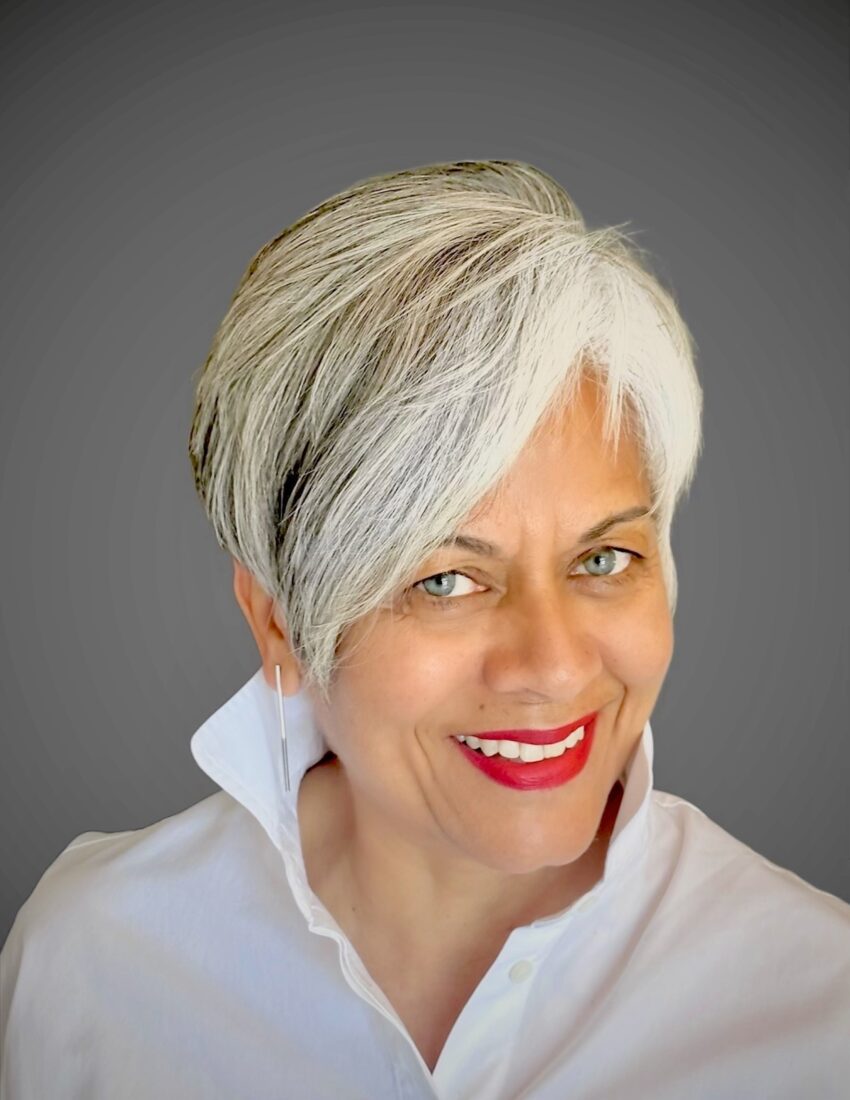
Alka Joshi
Born in India and raised in the U.S. since the age of nine. Alka Joshi has a BA from Stanford University and an MFA from California College of Arts. Joshi’s debut novel, The Henna Artist, immediately became a NYT bestseller, a Reese Witherspoon Book Club pick, was Longlisted for the Center for Fiction First Novel Prize, and has been translated into 30 languages. The Secret Keeper of Jaipur (2021) and The Perfumist of Paris (2023) completed the Jaipur Trilogy. Her fourth novel, Six Days in Bombay, will be released on April 15, 2025. She is currently working on her fifth novel. In 2024, Joshi was selected for the Forbes 50 over 50 List, celebrating women who are shattering age and gender norms across all sectors of the American economy and culture.
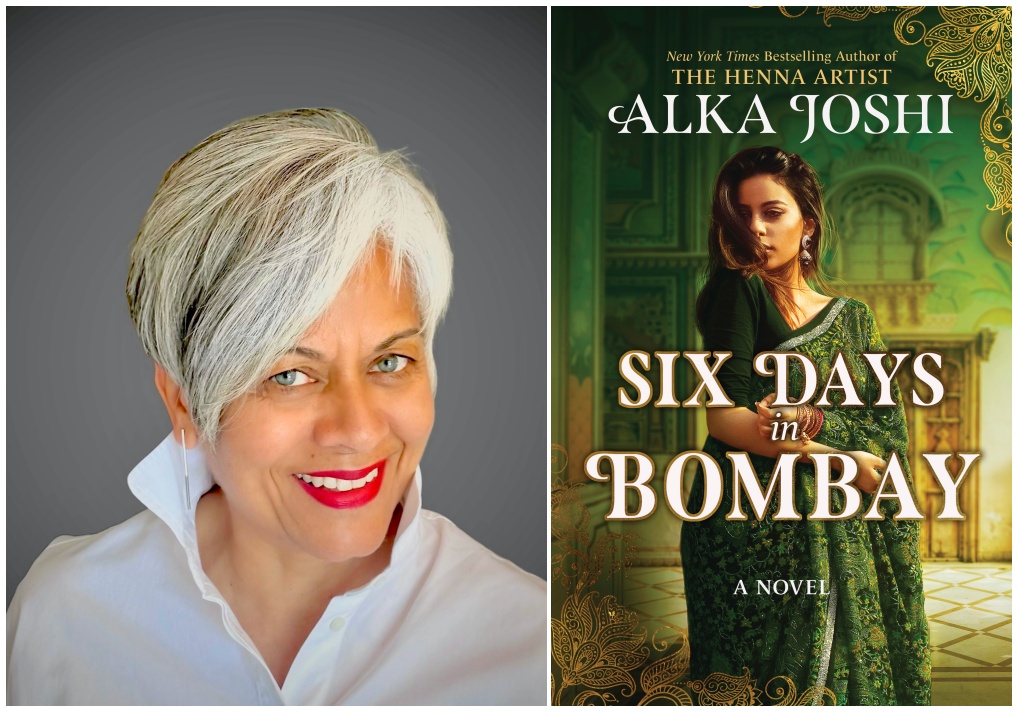
A runaway interview Shikha Lamba. You provoke reader to read the book. Your Author wouldn’t want more!
Congratulations!
A very interesting interview with sensible answers to aptly asked questions.
Very interesting interview shikha as the author is also so interesting… looking forward to reading the book n learning more about amrita Shergill..
Dependably creative, Alka boldly weaves her characters into defying talents that dare societal norms. 6 Days in Bombay appears to capture these exact talents of mastery that Alka excels at! Thank you for capturing the essence of Alka’s new book.. as a reader and *HUGE* fan, the days are now just numbered until its release to be enjoyed!